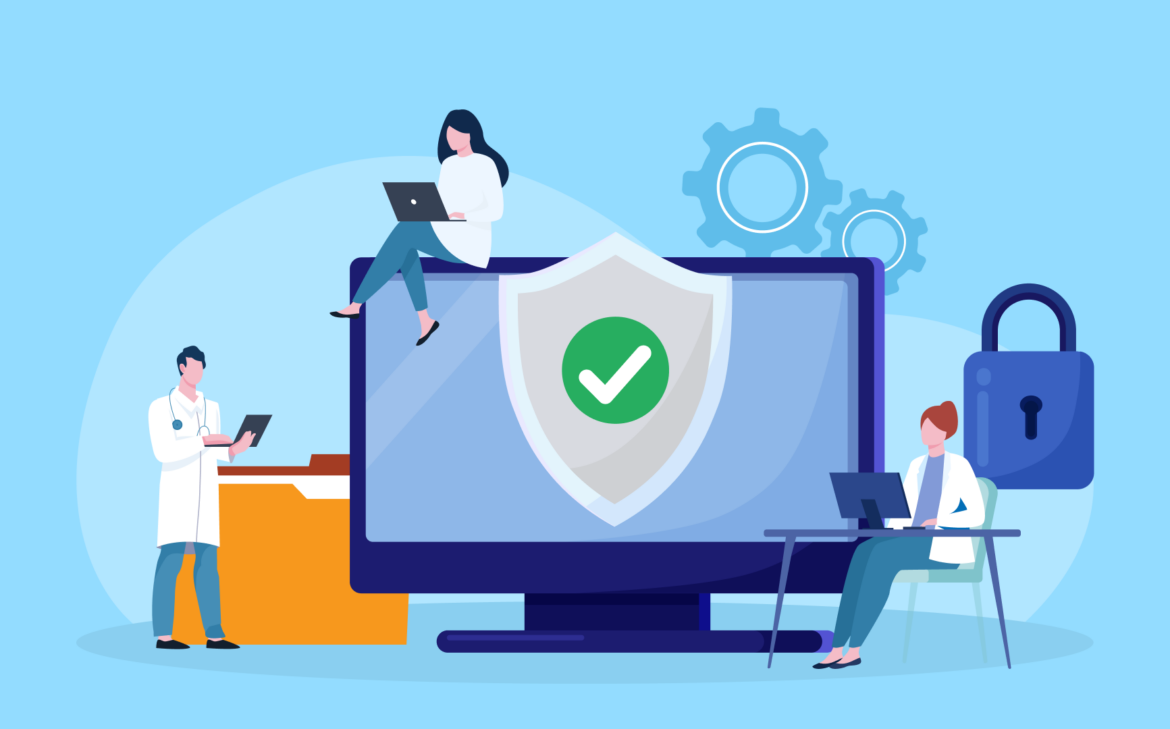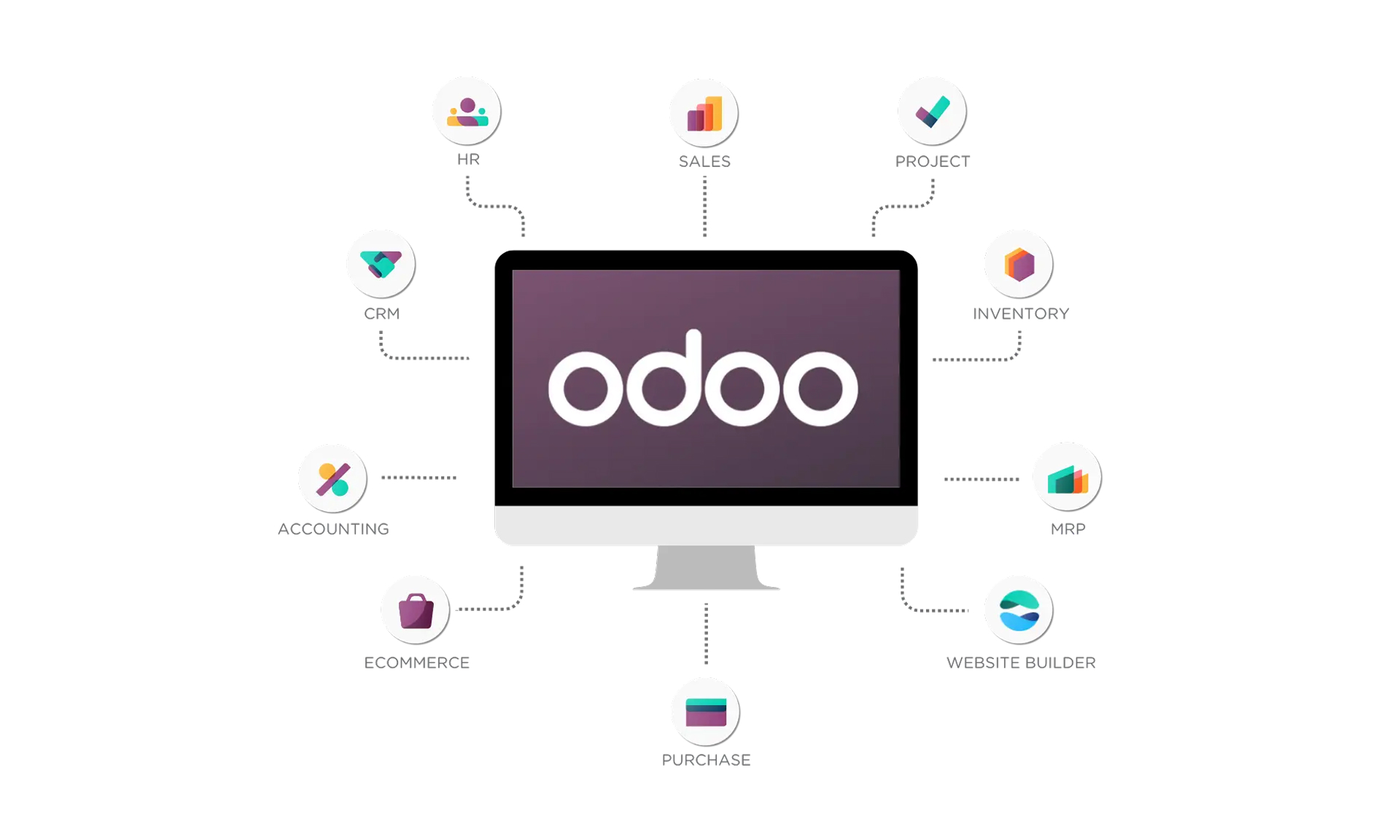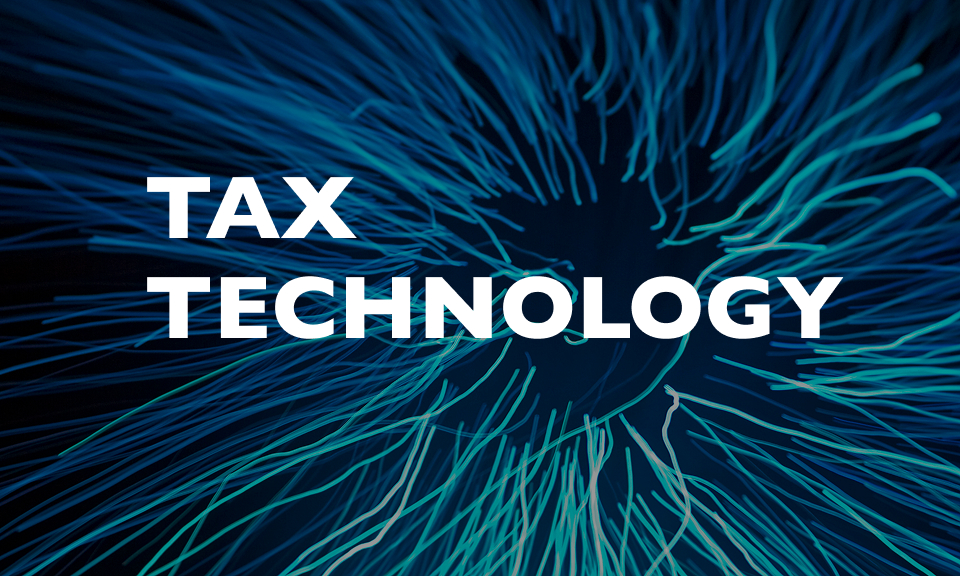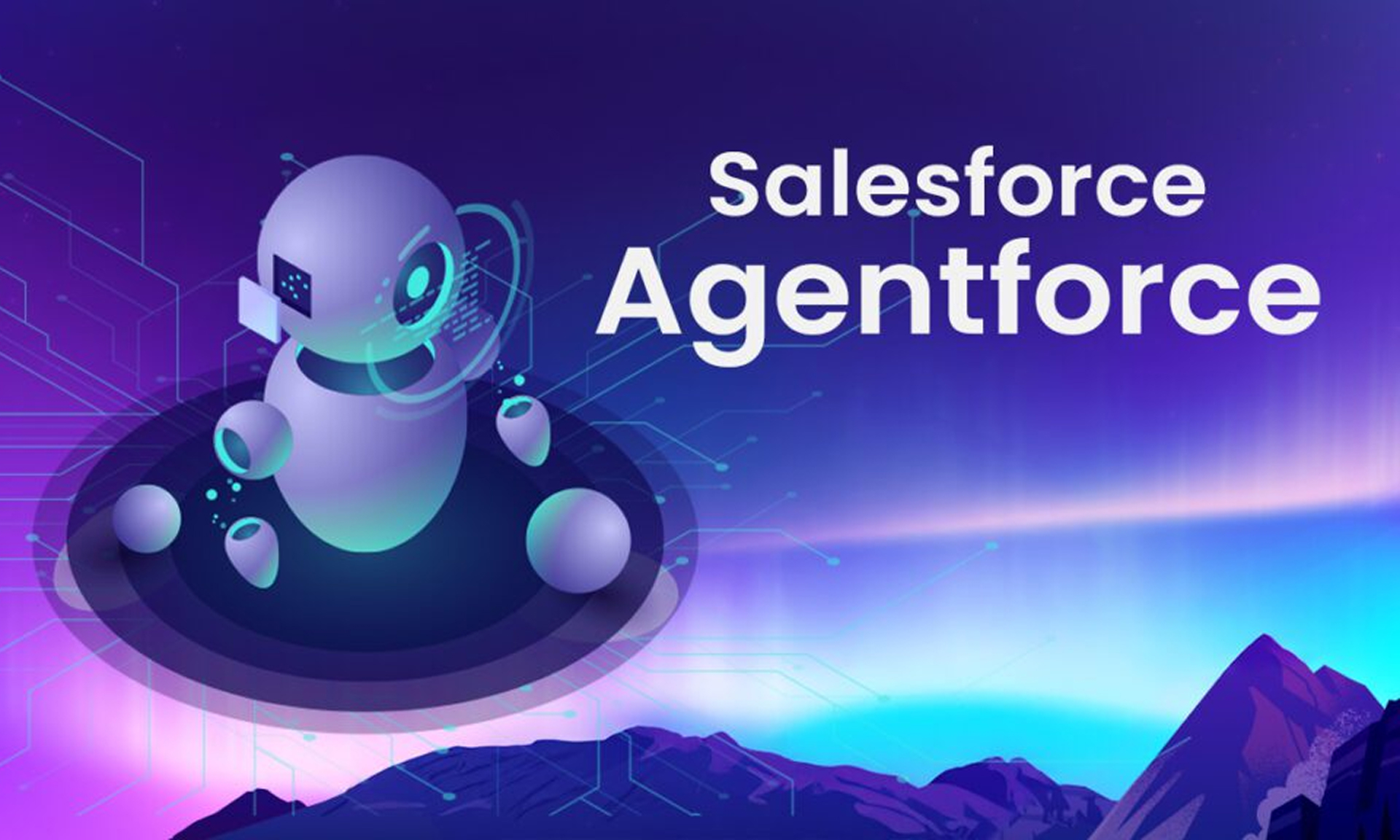Imagine a world where the most sensitive health information about you is just one click away from falling into the hands of shady people. Such is now in reality the nightmare scenario amid the increasing digitization of healthcare. With cyberattacks against healthcare institutions increasing at an alarming rate, the demand for strong cybersecurity solutions has never been more crucial.
From ransomware attacks paralyzing hospital systems to data breaches exposing millions of patient records, the health sector faces unprecedented challenges in safeguarding sensitive information. There is, however, reason to hope. Innovative cybersecurity solutions are emerging, designed specifically to protect the unique and complex ecosystem of healthcare data.
In this blog post, we’ll embark on a journey through healthcare cybersecurity-to talk about threats that loom large and about cutting-edge solutions that fight back. We’ll highlight the basic components of a strong cybersecurity strategy, analyze some advanced technologies revolutionizing the field, and discuss how to deploy such solutions effectively in a health care organization. Let’s navigate the challenges and opportunities in this most critical aspect of modern health care together.
Understanding Healthcare Cybersecurity Threats
Health care organizations constantly experience changing cyber threats. As the industry becomes more digital, there is a need to understand the various risks and the potential effects of a breach in the data.
A. Common attack vectors in healthcare
Cybercriminals use different channels to break into health care systems:
- Phishing attacks
- Ransomware
- Insider threats
- Medical device vulnerabilities
- Third-party vendor risk
B. Potential consequences of data breaches
The effects of a successful cyberattack could be devastating:
| Consequence | Description |
| Financial loss | Cost of response to breach, fines, and lawsuits |
| Reputational damage | Loss of patient trust and adverse publicity |
| Operational disruption | Downtime that impacts patient care and services |
| Patient safety risks | Compromised medical devices or compromised health records |
C. Emerging threats in the digital health landscape
As healthcare technology advances, new vulnerabilities emerge:
- IoT device exploitation
- AI-powered attacks
- Cloud security breaches
- 5G network vulnerabilities
D. Compliance requirements and regulations
Healthcare organizations have to be compliant with strict regulations in keeping patient data safe:
- HIPAA (Health Insurance Portability and Accountability Act)
- GDPR (General Data Protection Regulation)
- HITECH (Health Information Technology for Economic and Clinical Health) Act
Understanding these threats and regulations is crucial for developing effective cybersecurity solutions.
Essential Components of Healthcare Cybersecurity Solutions
Having introduced the various threats to healthcare cybersecurity, let us now discuss the main tenets of a good cybersecurity solutions set in the healthcare industry.
A. Network security measures
Network security is the backbone of any robust healthcare cybersecurity strategy. For this reason, a multi-layered methodology is traditionally deployed to protect sensitive patient information and strategic systems from unauthorized access and possible breaches.
The main tenets of network security measures include the following:
- Firewalls
- Intrusion Detection and Prevention Systems (IDS/IPS)
- Virtual Private Networks (VPNs)
- Network segmentation
| Measure | Purpose | Benefits |
| Firewalls | Control incoming and outgoing network traffic | Prevent unauthorized access and malware infiltration |
| IDS/IPS | Monitor network for suspicious activities | Early detection and prevention of potential threats |
| VPNs | Secure remote access to healthcare systems | Protect data transmission over public networks |
| Network segmentation | Isolate critical systems and data | Limit the spread of potential breaches |
B. Data encryption and protection
Encrypting sensitive healthcare data is an indispensable protection for patients’ privacy, since it would abide by the regulations on that matter, like HIPAA. Data encryption should be incorporated:
- At rest (stored data)
- In transit (data being transferred)
- In use (data being processed)
C. Access control and identity management
Correct access control ensures that only authorized people access sensitive data and systems. Important elements to this are:
- Multi-factor authentication (MFA)
- Role-based access control (RBAC)
- Single sign-on (SSO) solutions
- Regular access audits and reviews
D. Endpoint security
As more devices come online and attach to the infrastructure, so is it more crucial to have endpoint security. Important elements include:
- Antivirus and anti-malware software
- Mobile Device Management (MDM) solutions
- Patch management and regular updates
- Device encryption
E. Security awareness training
Human error remains one of the greatest vulnerabilities of cybersecurity. Providing regular security awareness training to any healthcare worker will result in:
- Recognize phishing attempts and social engineering tactics
- Understand proper data handling procedures
- Follow best practices for password management
- Report potential security incidents promptly
These key components can have a significant impact on the cybersecurity posture of healthcare organizations while protecting sensitive data related to patients.
Advanced Technologies in Healthcare Cybersecurity
In this scenario, advanced technologies come in as a necessity for augmenting cybersecurity measures to digitize healthcare organizations further. Now, let’s try to witness some of the state-of-the-art solutions that are now revolutionizing healthcare cybersecurity.
A. Artificial Intelligence and Machine Learning
AI and ML are quite instrumental in healthcare cybersecurity through:
- Detecting anomalies in real-time
- Predicting potential threats
- Automating incident response
These technologies can analyze huge volumes of data, mark a pattern, and thus predict probable vulnerabilities, hugely enhancing the capabilities of threat detection and prevention.
B. Blockchain for secure data sharing
Blockchain technology offers a decentralized and tamper-proof approach to data management, offering:
- Enhanced data integrity
- Improved traceability of medical records
- Secure sharing of patient information across healthcare providers
| Blockchain Benefits | Description |
| Immutability | Once recorded, data cannot be altered |
| Transparency | All transactions are visible to authorized parties |
| Decentralization | No single point of failure |
C. Cloud-based security solutions
Cloud-based security solutions give healthcare organizations:
- Scalability as security requirements increase
- Low-cost deployment and maintenance
- Sustained updates and patch management
These options enable healthcare organizations to employ leading-edge security with no need for expensive upgrades in infrastructures.
D. Internet of Medical Things (IoMT) security
When medical devices become increasingly connected, it is imperative to remember the security of the Internet of Medical Things. Some advanced technologies in this realm include
- Device authentication and encryption
- IoMT Network Segmentation
- Continuous monitoring and threat detection on connected devices
With such state-of-the-art technologies in place, healthcare organizations can significantly enhance their level of cybersecurity as well as do a better job of defending sensitive patient data.
Implementing a Robust Cybersecurity Strategy
Now that we have talked about some of the new technologies in health care cybersecurity, it is time to talk about how a better strategy can be implemented to protect the confidential medical information and systems.
A. Risk Assessment and Management
Risk assessment is the foundation for any effective cybersecurity strategy. Healthcare organizations must be able to:
- Identify key assets and data
- Evaluate potential threats and vulnerabilities
- Measure the consequences of potential breaches
- Rate risks based on likelihood and impact
| Risk Level | Likelihood | Impact | Action Required |
| High | High | Severe | Immediate mitigation |
| Medium | Moderate | Moderate | Planned response |
| Low | Low | Minor | Monitor and reassess |
B. Incident Response Planning
An incident response plan is required to reduce damage and recovery time in case of cyberattack. Some of the items include the following:
- Clearly defined and responsibilities
- Communication procedures
- Step-by-step procedures to contain and eliminate the incident
- Recovery and post-incident analysis procedures
C. Regular Security Audits and Penetration Testing
Healthcare organizations should always evaluate their security. In this regard, they ought to :
- Regularly carry out internal and external security audits
- Carry out penetration testing to identify vulnerabilities
- Employ practices commonly referred to as ethical hacking techniques to emulate reality attacks
- Update controls based on audit and test results
These steps can help healthcare organizations attain an enormously high cybersecurity posture.
How Xibtech Solutions Can Help
At Xibtech Solutions, we understand the unique cybersecurity challenges faced by health care organizations. Our tailored IT solutions are designed to enhance your security posture while ensuring compliance with industry regulations.
- Customized Cybersecurity Strategies: We assess your specific vulnerabilities and develop a comprehensive cybersecurity plan that fits your operational needs, integrating advanced technologies to protect sensitive data.
- Real-Time Threat Monitoring: Our solutions include continuous monitoring and proactive threat detection, enabling us to identify and respond to potential breaches before they escalate.
- Compliance Support: Navigating regulations can be complex. Our experts ensure that your organization remains compliant with HIPAA and other standards, allowing you to focus on patient care.
By partnering with Xibtech Solutions, you’re not just investing in technology; you’re investing in a safer future for your patients and your organization.
Conclusion
Healthcare cybersecurity is a burgeoning challenge that needs immediate attention and proactive steps. Because the threat of cyber-attacks is evolving rapidly and is now on healthcare, organizations should take proactive roles in executing complete cybersecurity solutions. This is why focus should first be placed on straightforward assets such as access control, data encryption, and network segmentation to greatly improve a healthcare provider’s security posture.
Advanced technologies like AI and blockchain will serve as excellent investments in protecting against more complex attacks, but only if a practical cybersecurity plan, designed with those unique healthcare-specific challenges in mind, is developed and put into action. Building a culture of security, investing in next-generation solutions, can safeguard sensitive patient information, ensure business continuity, and retain stakeholder trust, as the healthcare world increasingly digitalizes.






